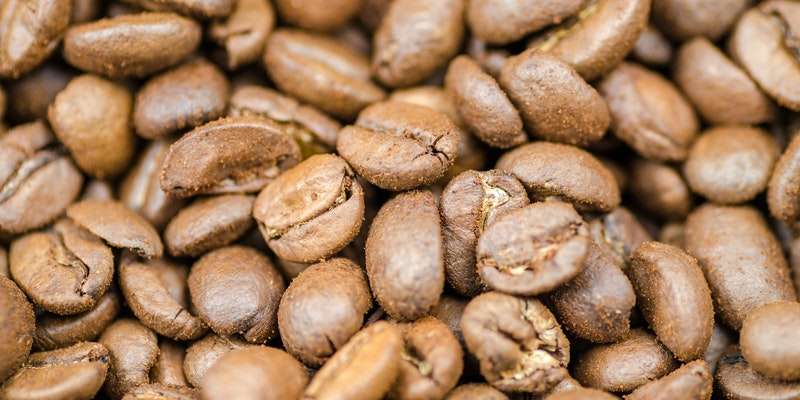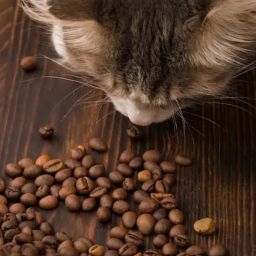
Blonde roast coffee, a term that has gained popularity in recent years, refers to coffee beans roasted for a shorter duration than traditional dark roasts. This roasting level highlights a lighter color and a unique flavor profile, distinguishing it from its medium and dark counterparts.
Originating as a specialty roast, blonde roast aims to preserve the original characteristics of the coffee bean, allowing the inherent flavors of the coffee’s origin to shine through. Unlike dark roasts, which are known for their bold and often bitter flavors, blonde roasts offer a milder taste and a higher acidity, reflecting the true essence of the coffee bean.
The Roasting Process
The roasting process of blonde roast coffee is delicate and requires precise control over temperature and timing. Starting at a lower temperature, around 300℉, and gradually increasing to 400℉, this method ensures the beans are not rushed through the first crack—a critical moment in roasting where beans expand and moisture evaporates.
The goal is to stop the roasting shortly after this first crack, preserving the beans’ light color and complex flavors. This careful approach avoids underdevelopment, where beans might retain a grassy taste, and ensures that the subtle, nuanced flavors inherent in the coffee are not overshadowed by the roasting process itself.
Characteristics and Flavor Profile
Blonde roast coffee is celebrated for its distinctive acidity and flavor profile. It presents a bright acidity, often described as crisp and lively, setting it apart from the more muted acidity of darker roasts. This higher acidity brings out a spectrum of flavor notes, ranging from citrus and floral to sweet and fruity, depending on the bean’s origin.
In contrast to the deep, smoky flavors of dark roasts, blonde roasts offer a lighter body and a more nuanced taste palette, allowing coffee enthusiasts to explore the subtle differences between beans from various regions. The milder flavor profile of blonde roasts, coupled with their nuanced complexity, makes them an ideal choice for those looking to experience the coffee’s inherent qualities without the overpowering roastiness found in darker options.
Brewing the Perfect Cup
Brewing the perfect cup of blonde roast coffee requires attention to detail and an understanding of how brewing methods impact flavor. Pour-over and French press are highly recommended for blonde roasts due to their ability to highlight the coffee’s nuanced flavors. The pour-over method is particularly adept at showcasing the coffee’s brightness and complex flavor notes, while the French press can extract the subtle, delicate flavors often associated with blonde roasts.
Grinding the beans to the right consistency is crucial; a finer grind is ideal for pour-over, whereas a coarser grind suits the French press. Water temperature plays a vital role in extraction, with 200-205°F being optimal for extracting the full range of flavors without introducing bitterness. Steeping time should be adjusted according to the brewing method; generally, 3-5 minutes is sufficient to allow the coffee to bloom and develop its full flavor profile without over-extraction.
Health and Caffeine Content
Blonde roast coffee is not only appreciated for its taste but also for its health benefits and caffeine content. Lighter roasts, including blonde roasts, are believed to retain more of their natural antioxidants, particularly chlorogenic acid, which can contribute to health benefits similar to those of fruits and vegetables. The thin layer of silverskin left on the beans, which is more prevalent in lighter roasts, is another source of antioxidants, believed to offer benefits akin to Vitamin C and possess anti-inflammatory effects.
When it comes to caffeine, there’s a common misconception that darker roasts contain more caffeine. In reality, blonde roasts have slightly more caffeine due to the shorter roasting process, which doesn’t break down the caffeine as much as longer roasting times do for dark roasts. However, the difference in caffeine content between light and dark roasts is generally small and may not significantly impact the average consumer. Nonetheless, those sensitive to caffeine or looking to manage their intake should consider this when choosing their roast preference.
FAQs
Does blonde roast have more caffeine than dark roasts?
Yes, blonde roast coffee generally contains slightly more caffeine than dark roasts. The shorter roasting time preserves more caffeine in the beans compared to the longer roasting process of dark roasts.
What are the ideal brewing methods for blonde roast?
Pour-over and French press are ideal for brewing blonde roast coffee. These methods allow for better extraction of the coffee’s subtle flavors, with pour-over being particularly good for highlighting the coffee’s brightness and complex notes.
Conclusion
Blonde roast coffee offers a unique coffee experience, characterized by its light color, nuanced flavors, and slightly higher caffeine content compared to darker roasts. The roasting process is crucial, aiming to preserve the bean’s original flavors by stopping the roast shortly after the first crack. This results in a coffee that is brighter, more acidic, and retains more of its natural antioxidants, offering potential health benefits.
Brewing the perfect cup of blonde roast requires attention to detail, with pour-over and French press methods recommended to best capture its delicate flavors. Water temperature, grind size, and steeping time are all important factors to consider in order to achieve the ideal cup.
For those looking to explore the diverse world of coffee, blonde roast presents an exciting option. Its distinct taste profile, health benefits, and brewing versatility make it a noteworthy choice for coffee enthusiasts and novices alike. Whether you’re drawn to its higher antioxidant levels or simply curious about its unique flavor, blonde roast coffee beans offer an inviting gateway into the broader spectrum of coffee flavors and experiences.









